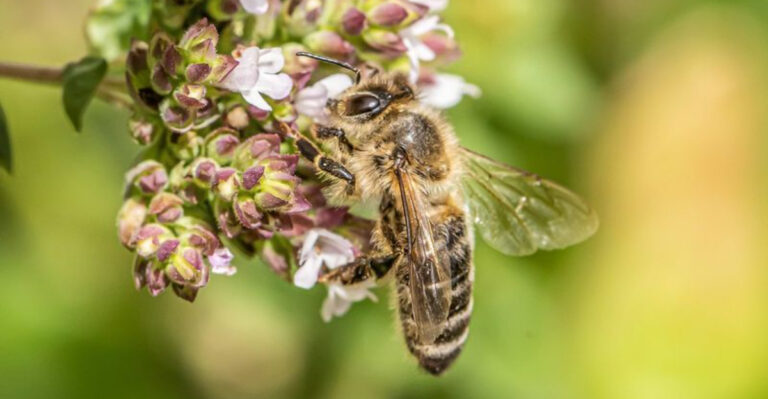How Seasonal Changes Affect The Dietary Habits Of Robins
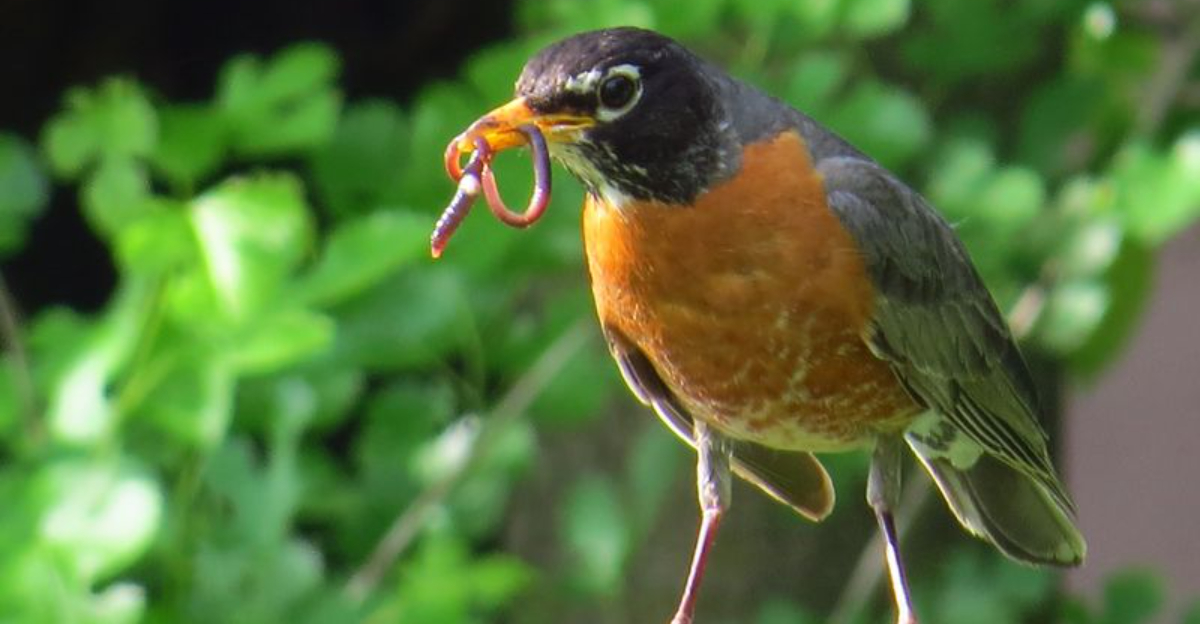
Robins, those cheerful red-breasted birds we love to spot in our gardens, change what they eat throughout the year.
Their food choices shift dramatically with the seasons, from worms in spring to berries in winter. Understanding these dietary changes reveals how these adaptable birds survive year-round in changing environments.
Spring: Insects Abound
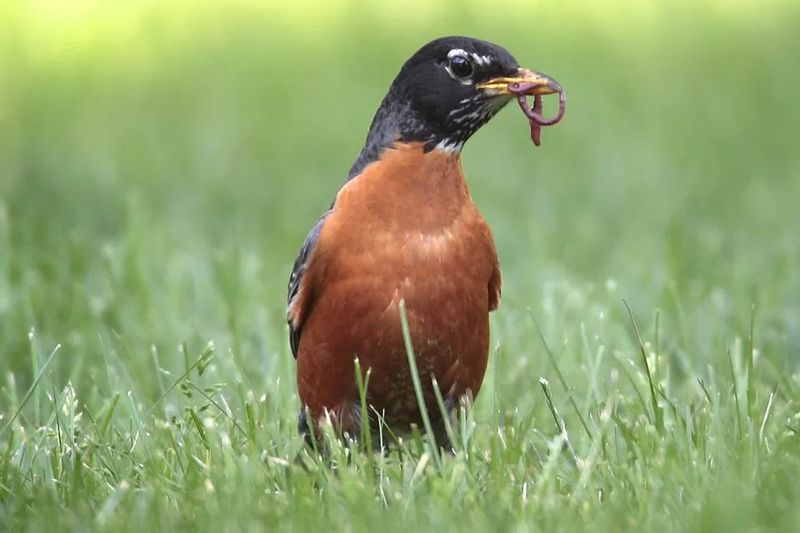
Earthworms become the robin’s ultimate feast during springtime. These protein-packed invertebrates fuel adult birds and provide essential nutrition for hungry hatchlings in the nest.
A single robin parent might collect hundreds of worms daily during nesting season. Beetles, caterpillars, and grubs round out their spring menu, creating a protein-rich diet that supports the energy demands of breeding season.
Summer: Abundant Invertebrates
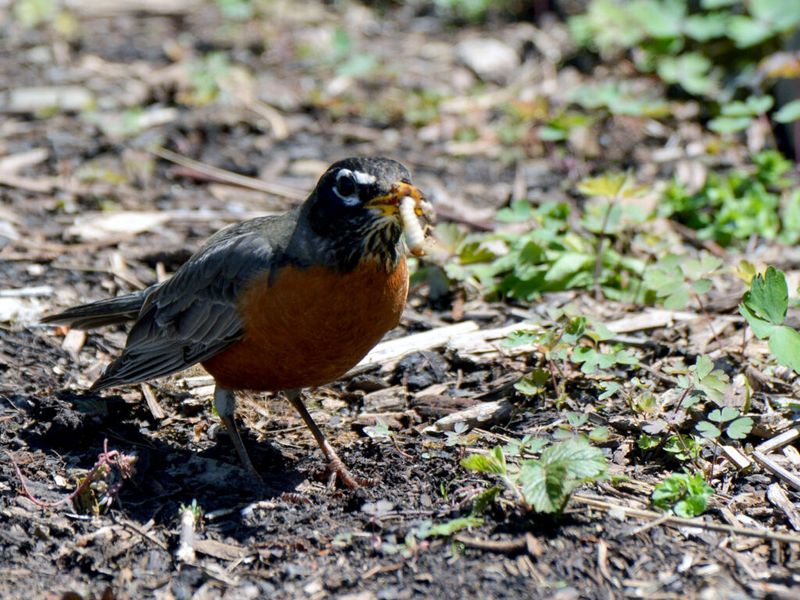
Hungry robin families reach peak feeding frenzy during summer months. Parent birds make endless trips to their nests, beaks stuffed with juicy invertebrates for their growing chicks.
Grasshoppers, beetles, and spiders become easy targets in summer’s warmth. The protein-rich buffet supports rapid growth in young robins, who need to develop quickly before autumn’s cooler temperatures arrive.
Late Summer: Transition To Fruits
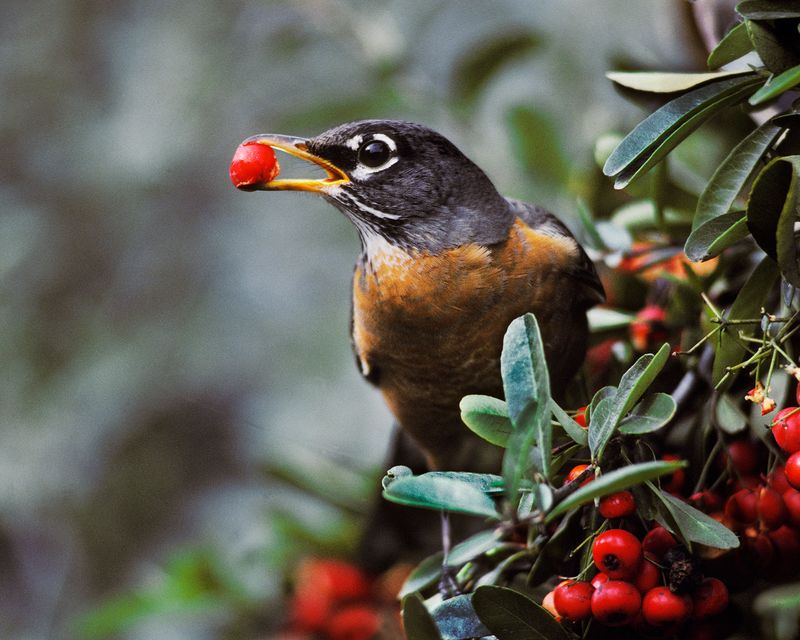
Ripe berries begin tempting robins away from their insect hunts as summer wanes. Their beaks, perfectly adapted for worm-pulling, now pluck juicy fruits from bushes and vines with equal skill.
Wild raspberries, serviceberries, and early dogwood fruits provide natural sugar boosts. This dietary shift happens gradually, with robins balancing their meals between the remaining abundant insects and increasingly available fruits.
Early Fall: Increased Fruit Consumption
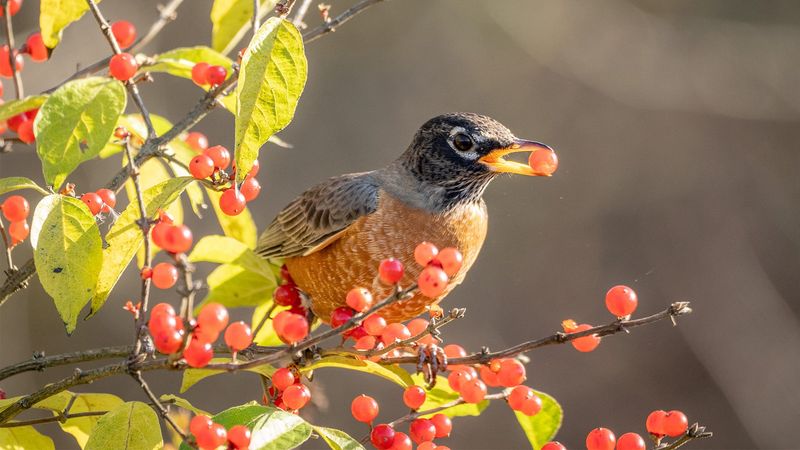
Foraging flocks of robins descend upon fruit-laden trees and shrubs as autumn colors emerge. Their appetites turn increasingly toward berries rich in natural sugars and fats.
Elderberries, dogwood fruits, and wild grapes become staple foods during this transition period. The nutritional shift helps robins build essential fat reserves that will fuel their upcoming migration or help them survive winter’s harsh conditions.
Mid-Fall: Preparing For Winter
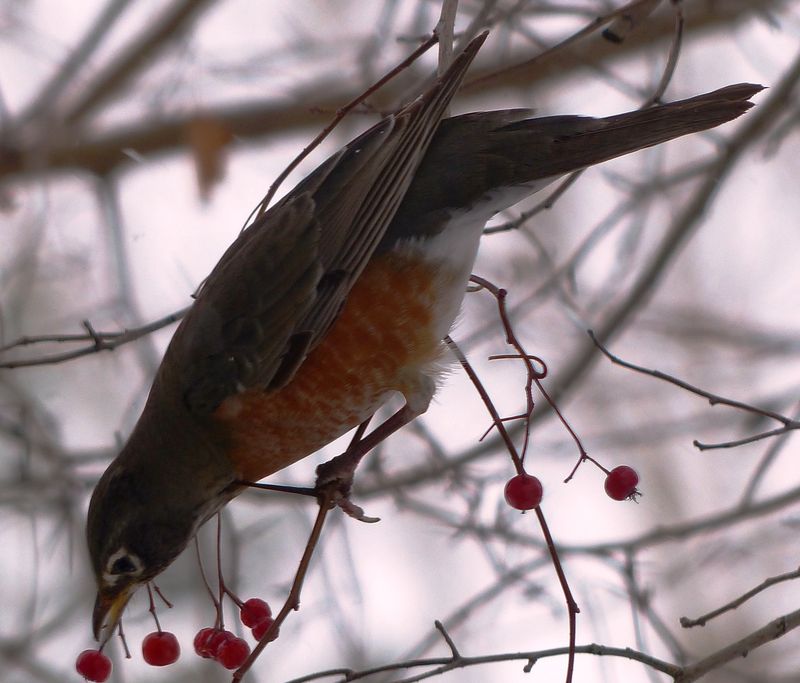
Strategic feeding becomes the robin’s priority as daylight hours shorten. Calorie-dense fruits like hawthorn berries and crabapples sustain these birds through increasingly chilly days.
Robins become noticeably plumper during this period, their bodies storing fat reserves. Foraging behavior grows more urgent and deliberate as birds instinctively prepare for the leaner months ahead when food sources will become increasingly scarce.
Late Fall: Nomadic Behavior
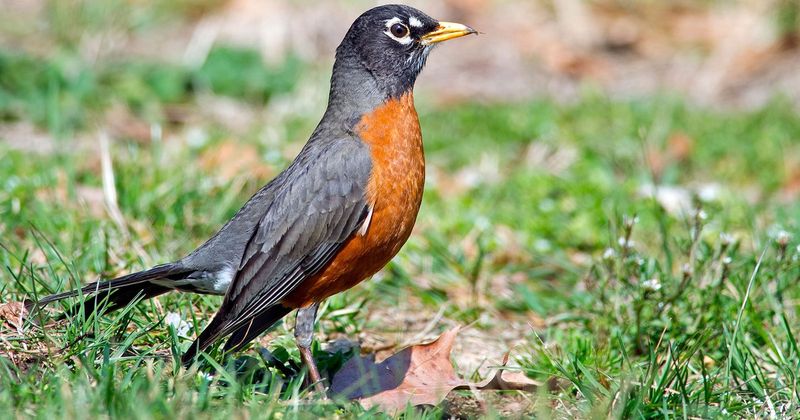
Wandering robins travel in loose flocks, searching landscapes for remaining food sources. Their movements become less predictable as they follow available fruit supplies rather than defending territories.
Robins that once avoided each other now forage cooperatively. This social shift helps the birds locate scattered food resources more efficiently, with multiple eyes scanning for remaining fruits on nearly bare branches and vines.
Early Winter: Reliance On Berries
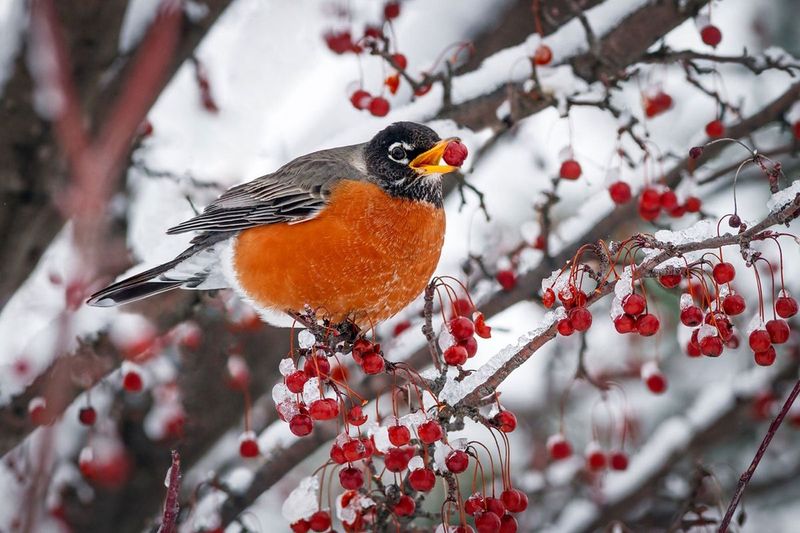
Frost-kissed berries become crucial survival food when winter’s first cold snaps arrive. Robins that haven’t migrated south depend heavily on fruits that persist through freezing temperatures.
Holly, juniper, and winterberry provide essential calories during this challenging period. These fruits, often ignored by birds during summer’s abundance, become precious resources that help robins maintain their body heat through long winter nights.
Mid-Winter: Limited Food Sources
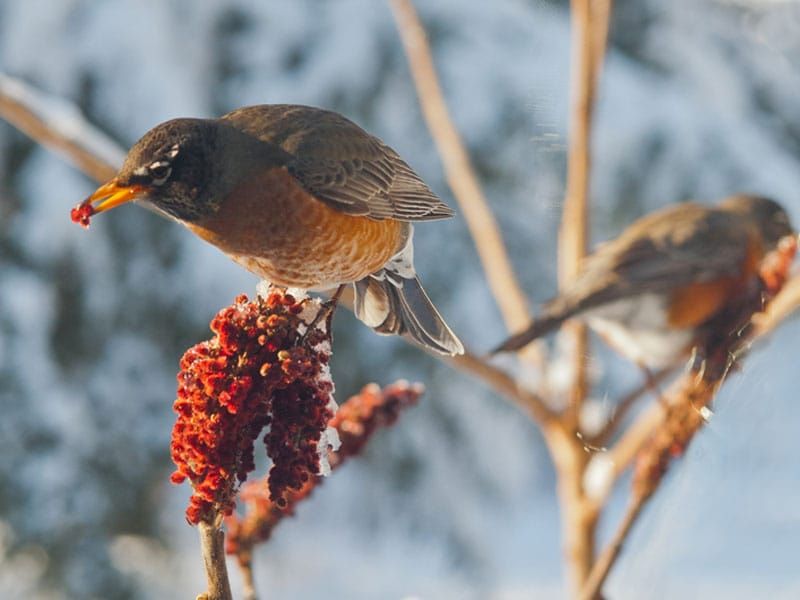
Survival mode kicks in as preferred food sources dwindle beneath winter’s grip. Robins become less choosy, consuming whatever fruits remain accessible regardless of palatability.
Bitter sumac berries and fermented crabapples – previously ignored options – now sustain hungry birds. Winter-resident robins must visit multiple food sources daily, burning precious energy to find enough calories to survive the coldest nights.
Late Winter: Scarcity Of Food
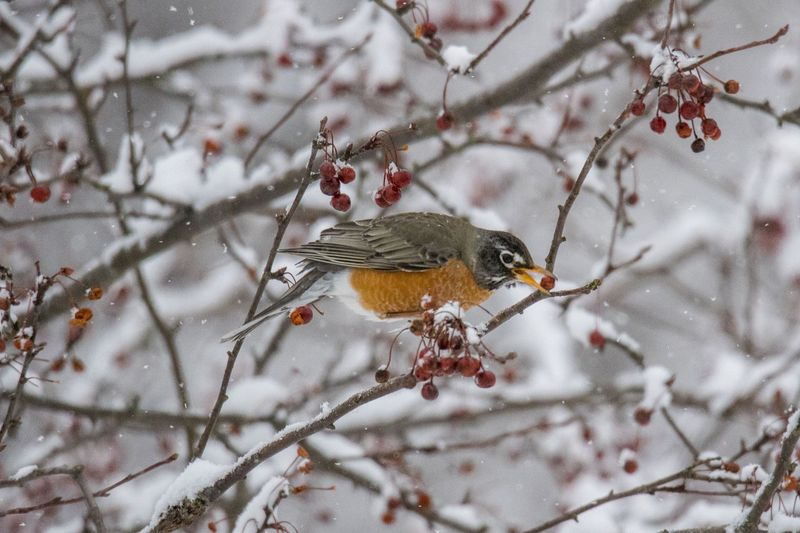
Desperate times call for creative foraging as winter’s final weeks test robin resilience. Birds scratch through snow and leaf litter searching for frozen fruits and dormant insects.
Competition intensifies around remaining food sources during this lean period. Some robins even venture closer to human habitations, seeking ornamental fruits on landscaping plants or visiting backyard feeders offering dried fruits and mealworms.
Early Spring: Return To Insects
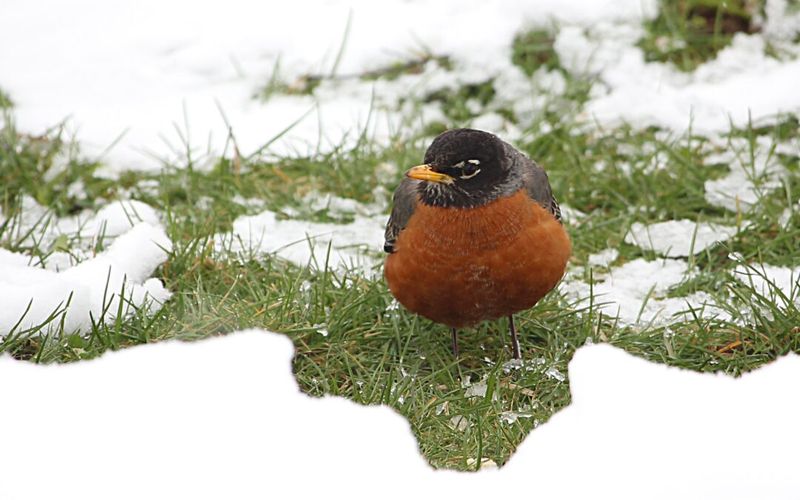
The first thaws bring welcome dietary relief as insects begin stirring in warming soil. Robins cock their heads, listening for earthworms moving beneath the surface – a behavior that signals spring’s arrival.
After months of fruit consumption, this protein boost comes at the perfect time. The shift back to invertebrates provides essential nutrients that fuel courtship displays and nest-building activities as breeding season approaches.
Spring Migration: Opportunistic Feeding
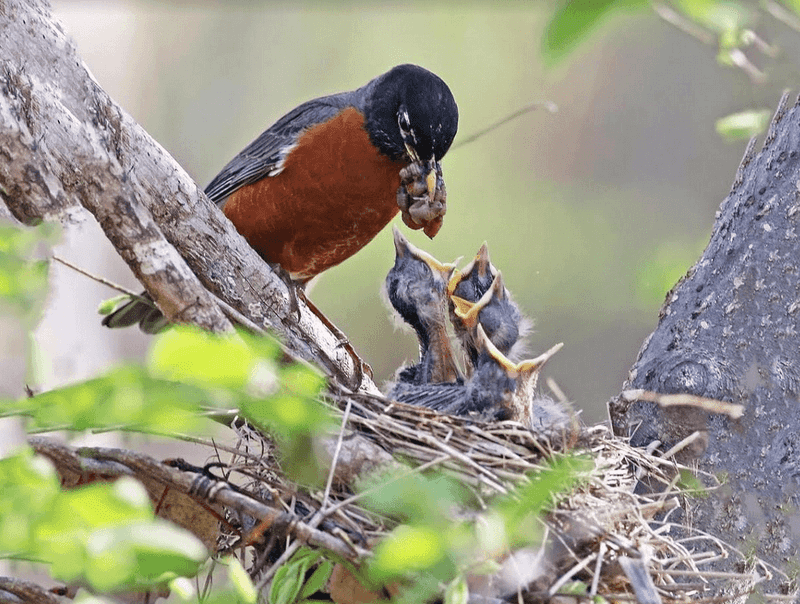
Traveling robins make frequent refueling stops during their northward journey. These birds become dietary opportunists, consuming whatever energy sources they encounter along migration routes.
A migrating robin might feast on earthworms in morning hours, then switch to berries by afternoon. This flexible approach allows birds to quickly replenish energy reserves depleted by long flights, adapting to whatever food sources each new location offers.
Overall Adaptability
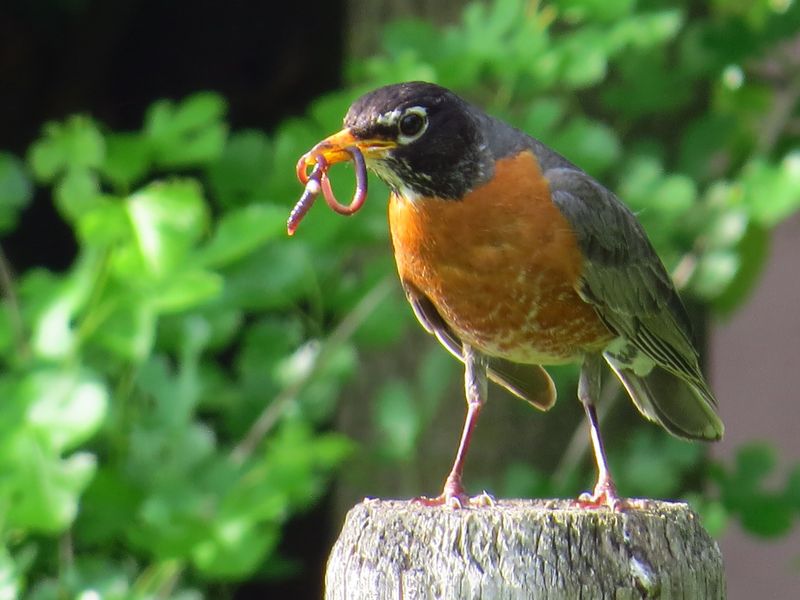
Master food-switchers, robins showcase remarkable dietary flexibility throughout changing seasons. Their ability to thrive on both animal and plant foods gives them a survival advantage when environmental conditions shift.
This adaptability explains why robins remain one of North America’s most successful and widespread songbirds. By adjusting their menu according to what’s available, these resourceful birds maintain healthy populations despite seasonal challenges.






